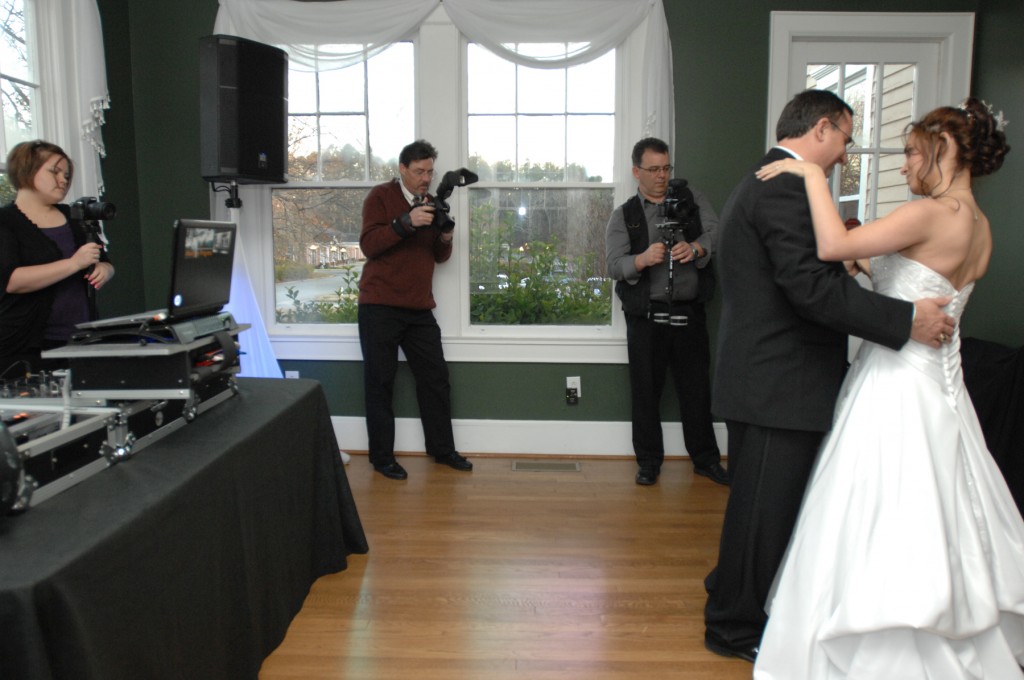Over the years as technology advances, many things change and many stay the same. Years ago we shot with big shoulder mounted cameras to get a high quality image. Our batteries alone cost thousands of dollars and were called “bricks” because they literally were as heavy and resembled bricks! As time passed and HD became more prevalent we migrated to HD video cameras but the problem was the smaller HD cameras didn’t give us that silky shallow depth of field we were used to with the big chip, expensive shoulder cameras with huge lenses. Then a couple years ago, the companies making digital still cameras started adding video to the mix and immediately we saw something we hadn’t seen in years… smooth shallow depth of field (DOF for short). What that is is the art of blurring out the background to draw a viewers attention to what you want them to focus on.
Movies have been doing this since they began, and it’s part of what makes movies look like movies. The problem is most DSLRs add video as an afterthought, so those of us that were used to professional video controls and connections immediately longed for them. The other thing (and this hold true for 99% of all DSLRs today) is the file structure, and short record times. Since DSLRs were initially made for photos and not video, they were designed to record small clips 12 minutes or less at which time they would simply stop recording and you’d need to stand there and press the record button again. Not that big of a deal.. unless it stops during the kiss, or during another very important time that you needed to capture.
That’s the main reason we held off on buying DSLRs and when we did finally migrate to them, we chose the only DSLR that didn’t have those restrictions, the Panasonic GH1 (and GH2) with it’s unlimited record times we never miss a shot and can leave the camera unattended for continuous recording. It’s truly the only real Hybrid DSLR for photos and video with an emphasis on the latter. We pre-ordered our first GH2 in December of 2010 after using a GH1 for over a year and loving the images it produced. The next wave of Panasonic DSLRs is around the bend with the new GH3 which ads an even better image quality with higher dynamic range, higher bitrates, better audio controls, higher framerates and tons of technical features we as event filmmakers have been longing for since switching to DSLRs over 3 years ago.
You can take my word for it, or you can take Francis Ford Coppolas word for it who in a recent blind comparison test picked the GH2 over $80,000 ARRI Alexa and Sony F3 HD powerhouses used for feature films.
Personally, I’d take the Academy Award winners word for it. After all, the guy that made the Godfather might know a good image when he sees it.
Click here to visit our main site

